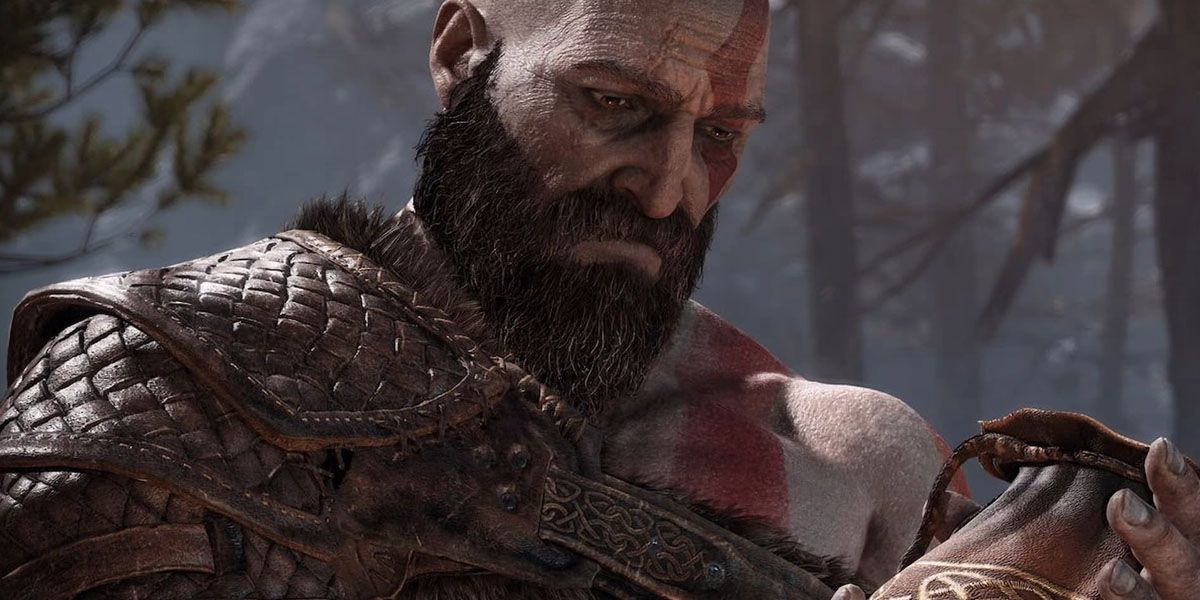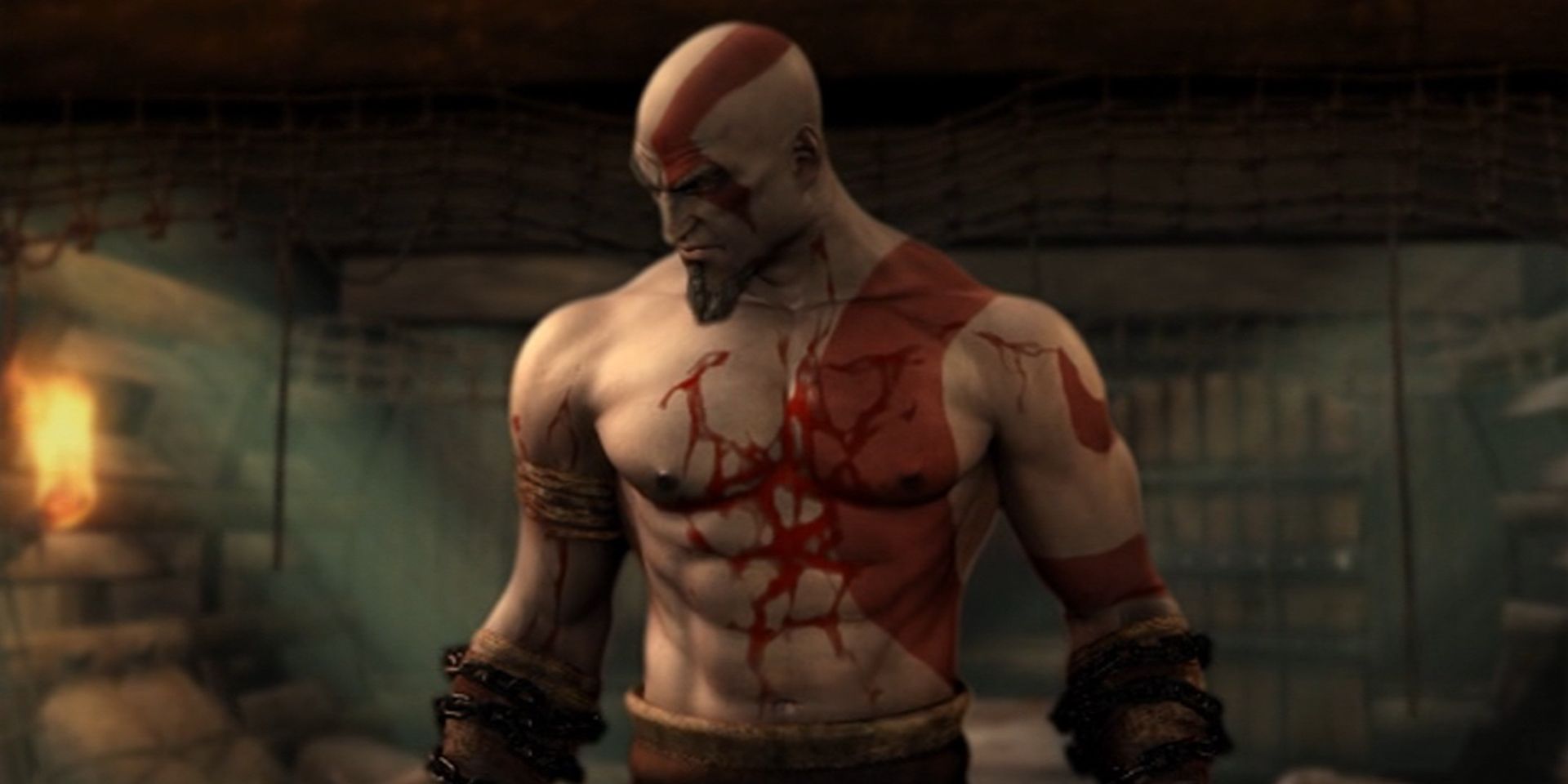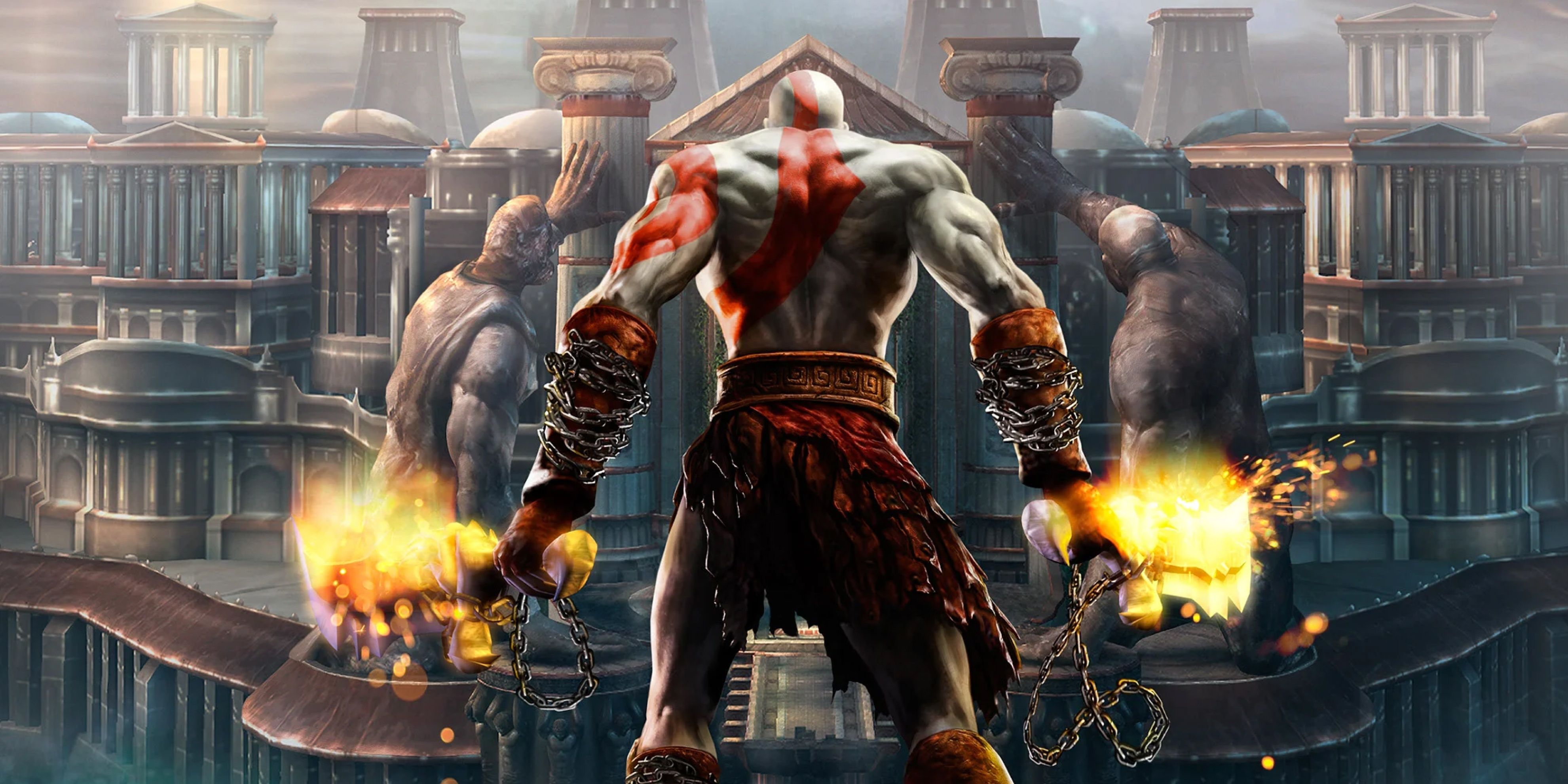2018's God of War was one of the greatest games on the PlayStation 4. It not only served as a reboot of the iconic franchise but also as a sequel to God of War III. While video game reboots often lose their connections to the previous entries in their series, that is not the case with 2018's God of War. It reinvented the gameplay of the original titles, made it an easily accessible point of entry for players, and added a brand-new world of mythology for Kratos to explore. On the other hand, it also pays homage to the previous games by bringing back classic powers, iconic weapons, and telling a story deeply connected to the previous entries in the series.
There are a lot of callbacks to the previous God of War games in the story, and Kratos' past with the gods is a major plot point for this entry. However, one aspect of the previous games that makes its return is arguably the deepest connection Kratos has to his previous godly excursions. In 2018's God of War, Kratos' skin is still pale white, which connects back to the first God of War game on the PlayStation 2, and it serves as a reminder of all that the gods took from him.
What Gave God of War's Kratos His Pale Skin?
In the first God of War game, players are introduced to Kratos as a servant of the Greek gods of Olympus. As the game progresses, it is revealed that Kratos used to be a servant of Ares, the god of war. Kratos was a tremendously successful Spartan captain who led his battalion to many successful and often bloody victories. Unfortunately, Kratos and his battalion would meet their match when confronted with a vicious barbarian king. Facing death, Kratos pleaded to Ares to save him and his men, and in return, Kratos promised to serve Ares. In the end, Ares did save Kratos and his men, and he had the Blades of Chaos bound to him in return.
Kratos used the blades to fight and vanquish many of Ares' enemies. Servitude to Ares came with a price, however. Later, the god of war had Kratos attack a village that worshiped Athena. Unbeknownst to Kratos, Ares secretly transported Kratos' wife and daughter into the village, casting a spell on Kratos that disguised his family from him. In his frenzied attack, Kratos slaughtered his wife and daughter. Heartbroken and furious, Kratos renounced his servitude to Ares, and he vowed he would have his revenge on the god of war. An oracle of the village Kratos had just destroyed then cursed him, and this baked the ashes of his wife and daughter on his skin permanently. He would be forever reminded of the pain he caused.
From that moment on, Kratos became known as the "Ghost of Sparta" due to his pale, ghostly image. That is where players are introduced to Kratos at the beginning of the game. He pledges his service to the other gods in hopes of avenging the death of his wife and daughter. However, he would always be haunted by his deeds and the memory of his loved ones. No matter how many gods he killed or the power he obtained, he wouldn't be able to wipe away the permanent reminder of his guilt.
That reminder has continued into the reboot on the PS4, and it keeps Kratos tied to his past. Despite basically slaughtering all of Greek mythology, Kratos still can't escape his most tragic deed. He feels like an evil, ruthless murderer, and his skin reassures him of those feelings. Beyond guilt, the stain on his skin also reminds him that no gods are to be trusted, and it is why Kratos fights so hard to protect Atreus and teach him the cruelty of the gods.



